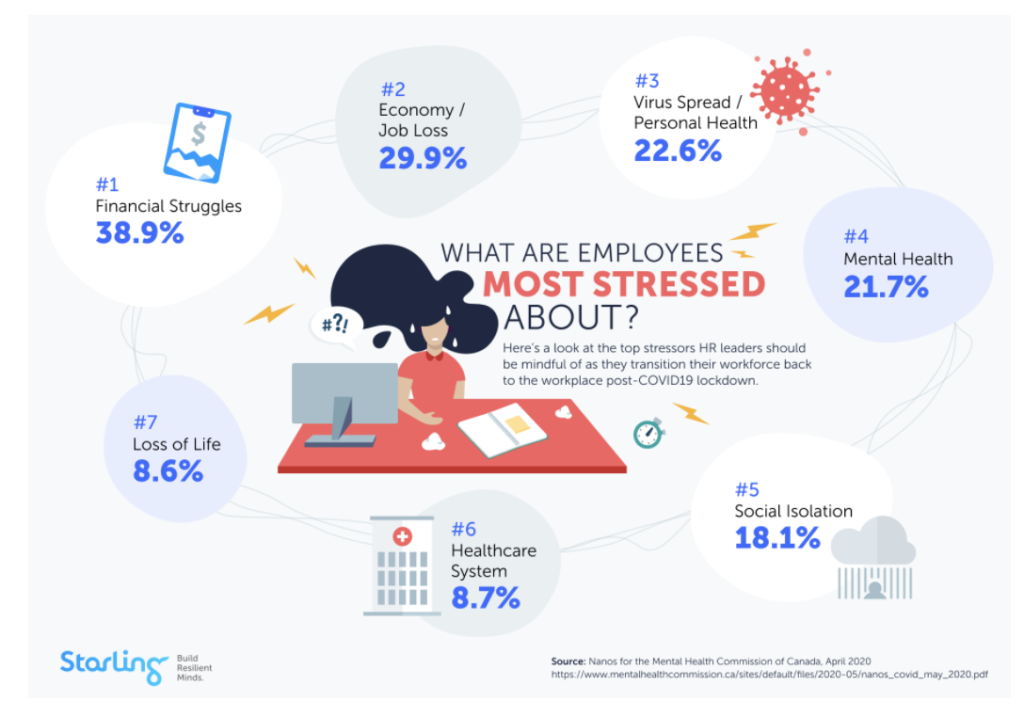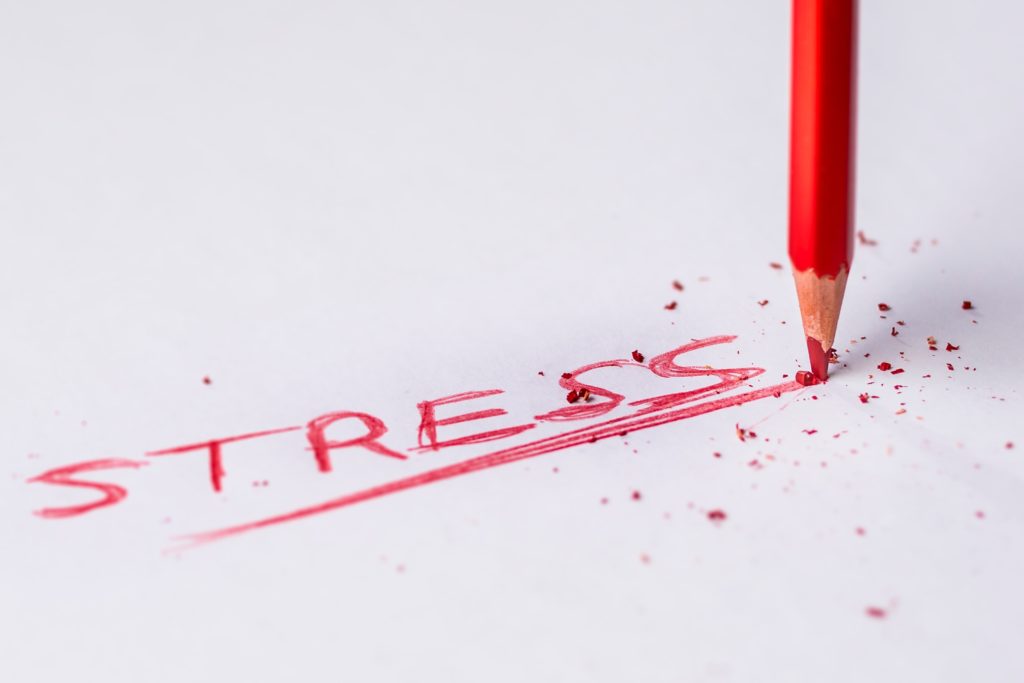We’re heard a lot about workplace stress, but what is it exactly, and how does it impact employees?
By its definition, stress is a state of mental or emotional strain or tension. Compared to anxiety, which is your body’s natural response to stress, fear or apprehension about what’s to come, stress is a response to a threat in a situation.
Workplace stress is a harmful physical and emotional response when there is a conflict between an employee’s job demands and the amount of control they have in meeting those demands. In general, the combination of high demands in a job and a low amount of control over the situation can lead to stress.
The difficult part of workplace stress is that there is no one cause for it. Every worker is an individual with their own work and personal lives, bringing multiple factors that may influence their reactions to workplace conditions.
Workplace stress affects not only the worker, but it also has tremendous effects on an organization’s outcome. Work-related stress not only impacts an employee’s physical health, mental health, and behaviour, it:
- Reduces employee productivity
- Increases absenteeism and presenteeism
- Increases the number of days taken off work for doctor visits
- Increases healthcare costs incurred by employers
Workplace stress is also linked to higher accident and injury rates and higher turnover rates, which increase administrative costs.
There have been a lot of discussions around the impact COVID-19 has had on our mental health during the initial lockdown period. For months, we have been trying to figure out how to cope with the massive changes happening in our lives, our families, workplaces, and our broader communities.
There’s a lot of information about employee mental health during COVID-19, and it’s overwhelming. To help People leaders focus their employee benefits and health programs, here’s an infographic listing out top stressors and things employees are struggling with right now.

Highlighted Employee Stress Statistics:
- Personal financial hardship/debt – 38.9% (Source)
- Economic impact/loss of jobs – 29.9% (Source)
- Spreading the virus/health – 22.6% (Source)
- Mental health – 21.7% (Source)
- Changing social interactions/lasting fear/misinformation – 18.1% (Source)
- Conditions in long-term care/capacity in the health system – 8.7% (Source)
- Loss of life – 8.6% (Source)
Now, broadening the view on the top concerns employers are facing, check out the list below.
Highlighted Employer Statistics:
- Presenteeism: 40% of employees reportedly feel less productive in their home environment (Source)
- Anxiety: 5% reported high-to-extreme levels of anxiety. During COVID-19, that number has multiplied to 20% (Source)
- Depression: 4% of self-reported cases of depression. During COVID-19, more than doubled – 10% (Source)
- Stress: Feelings of Stress x2 (Source)
- Burnout: 70% of professionals today are suffering from burnout due to lack of separation between their work and private life (Source)
Workplace stress is a silent and often neglected factor that impairs employee health and productivity. It not only affects workforces but also contributes significantly to a decline in an organization’s overall success, especially at a time when businesses are working to recover from a pandemic. To effectively focus their workforce mental health strategies and programs, employers should begin to tackle the most pressing employee concerns to create a healthier, safer, and more productive work environment.
Learn more about our online CBT platform that typically sees engagement levels of up to 40% in user engagement and 77% in lowered stress, anxiety, and depression scores in employees.




